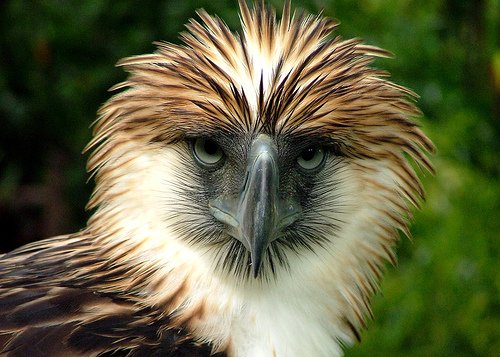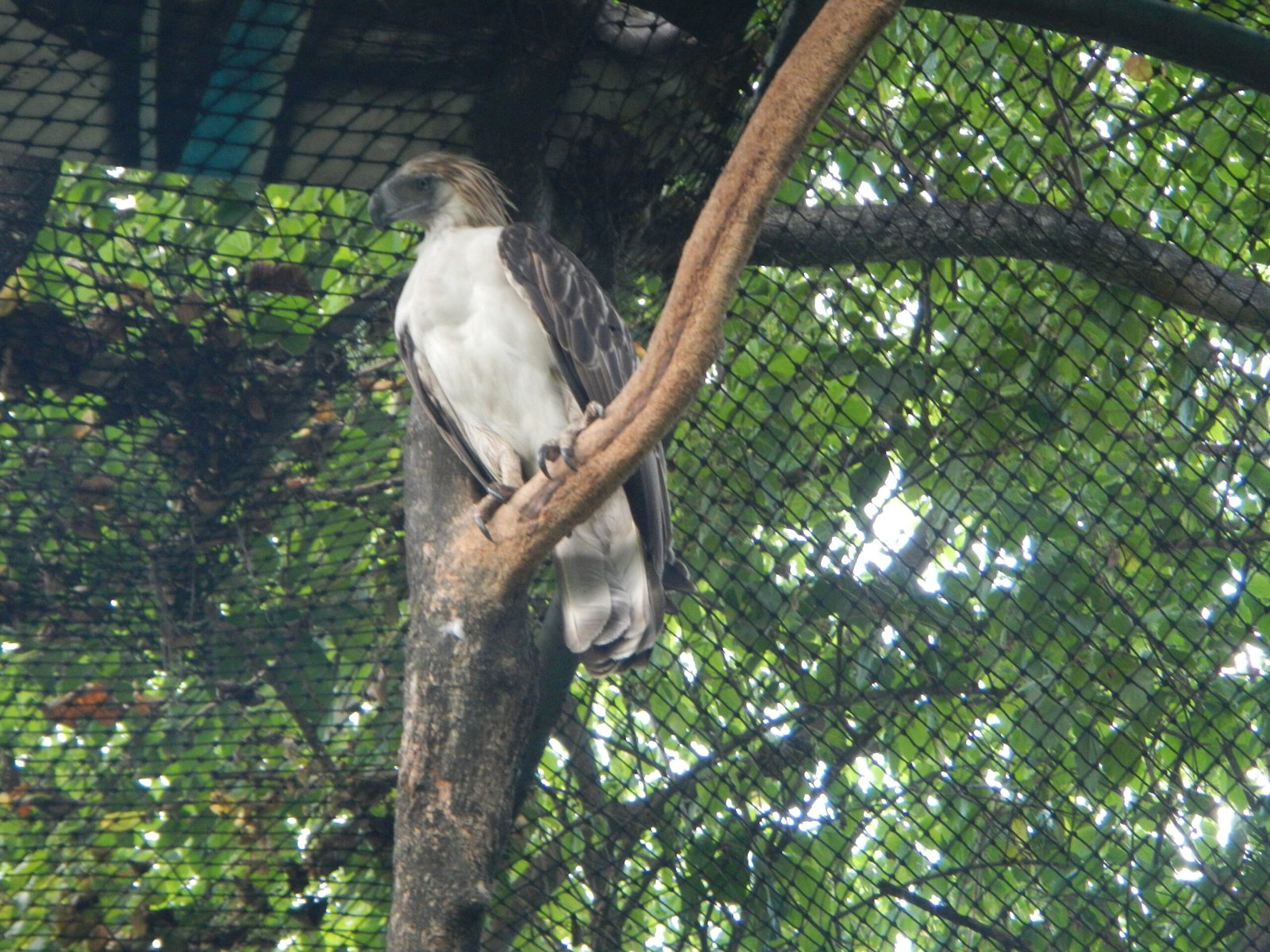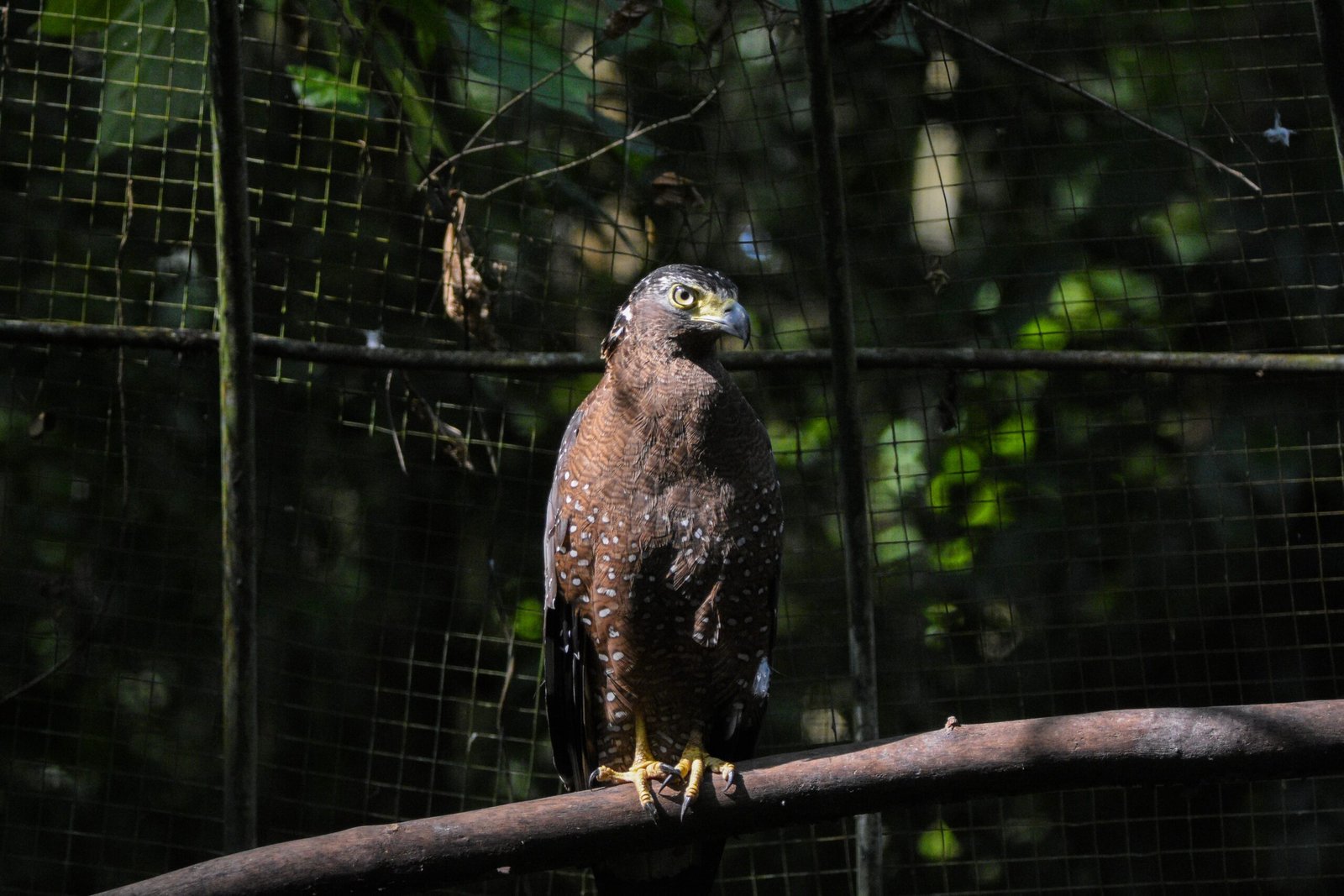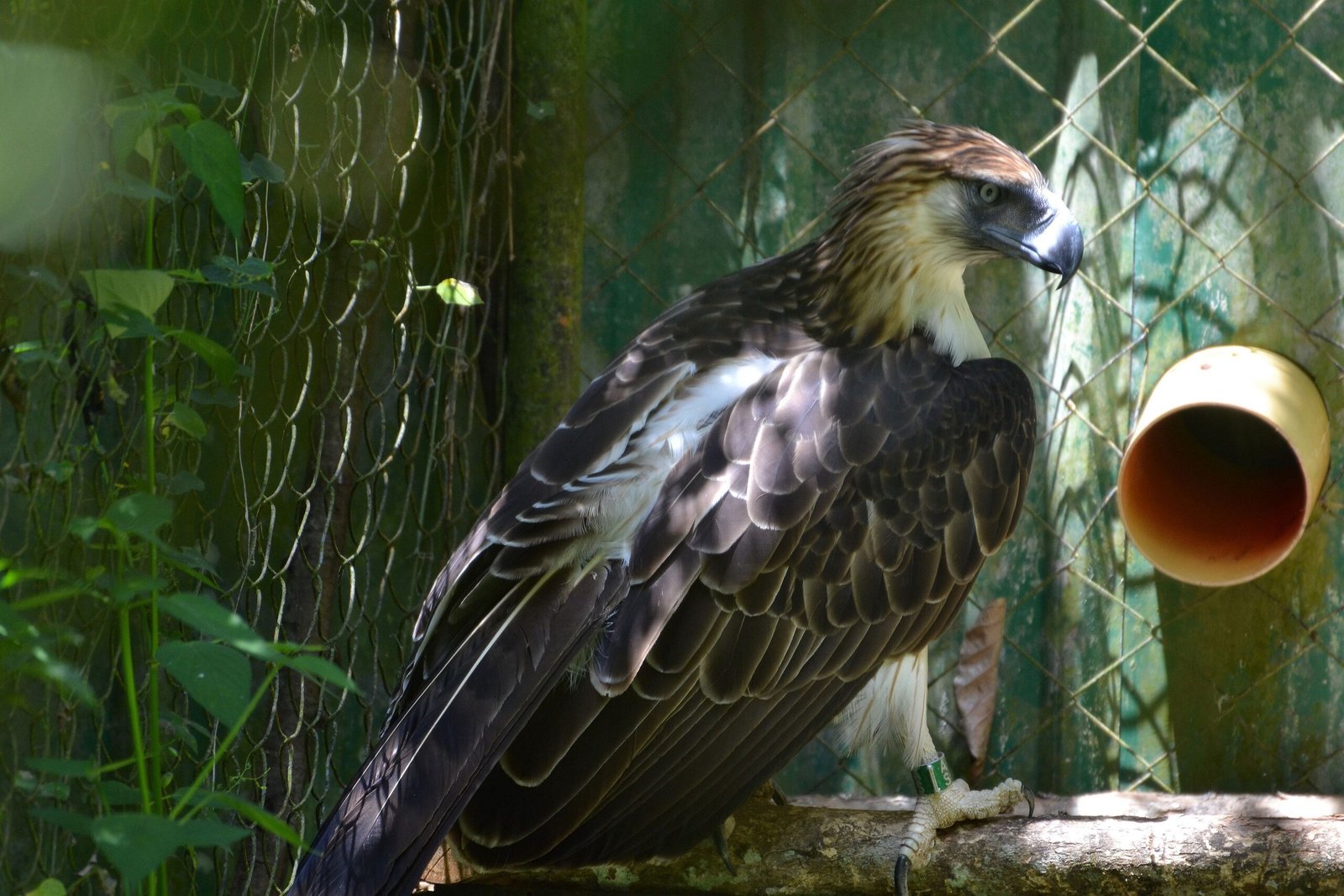A bird with a punk-rock haircut, a stare that can cut through rainforest mist, and a reputation for fierceness—no wonder the Philippine eagle is often called the “King of the Birds.” Imagine stepping into the dense forests of the Philippines and suddenly locking eyes with a creature so majestic, so intense, that legends seem to swirl around it. With its wild crown of feathers, piercing yellow eyes, and regal presence, the Philippine eagle is more than just a bird; it’s a symbol of power, mystery, and survival against the odds. But beneath those striking looks lies a story of resilience, science, and a desperate fight for existence. Prepare to meet a raptor that doesn’t just demand respect—it commands it.
The Iconic Mullet: More Than Just a Hairdo
Let’s face it: the first thing you notice about the Philippine eagle is its extraordinary headgear. Its long, shaggy crown of feathers fans out in a way that would make any rock star jealous. This “mullet” isn’t just for show. Scientists believe these feathers serve several purposes, including communication and intimidation. When threatened or excited, the eagle raises its crest, making itself look even larger and more menacing—a natural defense mechanism in the wild. The unique feather arrangement also helps camouflage the eagle among the leaves and dappled sunlight of the rainforest. For many Filipinos, the eagle’s hairdo has become a cultural icon, gracing everything from coins to classroom posters. It’s a visual cue that says: this is no ordinary bird.
The Piercing Glare: Eyes That See Everything
The Philippine eagle’s eyes are nothing short of mesmerizing. With their intense yellow color and forward-facing placement, these eyes provide the bird with extraordinary depth perception. This adaptation is crucial for a forest hunter that must spot prey through dense foliage and then swoop in with pinpoint accuracy. Like a seasoned detective, the eagle’s glare seems to scrutinize everything, missing nothing. The stare is so formidable that many locals believe the eagle can see into your soul. Scientifically, the eagle’s eyesight is among the sharpest in the animal kingdom, able to spot a monkey or flying lemur from hundreds of feet away. It’s no exaggeration to say that nothing escapes the gaze of this rainforest ruler.
An Attitude Born of the Wild
There’s a certain swagger to the Philippine eagle’s behavior, an unapologetic confidence that’s earned it the nickname “the monkey-eating eagle.” This bird doesn’t just hunt; it dominates. Its talons are as large as a human fist and can crush prey with incredible force. The eagle’s attitude is shaped by its role as an apex predator in the forests of Luzon, Mindanao, Leyte, and Samar. With few natural enemies, the eagle roams its territory with fearless abandon. Researchers often recount stories of eagles standing their ground, even when confronted by humans or other large animals. Its fierce reputation is not just legend; it’s backed up by generations of survival in a challenging environment.
A Giant Among Raptors
Towering over most other raptors, the Philippine eagle is one of the largest and most powerful eagles in the world. With a wingspan reaching over seven feet and a body length of up to 3.5 feet, it’s a giant in its leafy domain. Yet, despite its size, it moves through the treetops with remarkable agility, weaving between branches in pursuit of prey. The bird’s robust build and muscular legs make it perfectly suited for snatching monkeys, flying lemurs, and even large snakes. Its impressive stature is a testament to evolution’s craftsmanship, equipping the eagle for a life at the top of the food chain.
The Rainforest Throne: A Fragile Kingdom
The Philippine eagle’s reign is not without challenges. Its home—the lush rainforests of the Philippines—is shrinking fast due to deforestation, agriculture, and logging. Each eagle needs about 25 to 50 square miles of territory to hunt and breed successfully, making habitat loss an existential threat. As forest giants fall, so too does the eagle’s kingdom. Conservationists have called the Philippine eagle “the world’s rarest eagle,” with fewer than 400 pairs remaining in the wild. Every tree felled is a blow to their survival, making habitat protection an urgent priority.
A Diet Fit for a Predator
The Philippine eagle’s menu is as impressive as its appearance. True to its nickname, it often hunts monkeys, but its diet also includes flying lemurs, giant squirrels, birds, bats, and reptiles. This diverse palate helps the eagle survive in a challenging ecosystem. Using its powerful feet and razor-sharp talons, it launches surprise attacks from the canopy, snatching prey with breathtaking speed. The eagle’s hunting prowess is legendary; it can carry animals nearly half its own weight. This predatory skill has made it both feared and admired by local communities, who regard it as both a protector and a potential threat.
Family Bonds and Fierce Devotion
Despite their reputation for ferocity, Philippine eagles are surprisingly devoted parents. Once they pair up, these birds mate for life, forming strong family units. They build massive nests high in the tallest trees, often returning to the same spot year after year. Both parents share in raising their single chick, bringing food and fiercely defending their territory. The commitment to their young is touching—a reminder that even the most formidable creatures have a softer side. This strong family bond is vital for the survival of their species, as eagle chicks depend entirely on their parents for up to two years before venturing out on their own.
Endangered and Under Siege

The Philippine eagle’s attitude may be tough, but its future is fragile. Listed as “Critically Endangered,” this raptor faces relentless threats from habitat destruction, hunting, and even accidental trapping. Each year, conservationists race against time to rescue injured or orphaned eagles, nurse them back to health, and—when possible—return them to the wild. The fight to save the species is a race against extinction, fueled by a deep sense of responsibility and hope. The eagle’s plight has become a rallying cry for conservation efforts across the Philippines and beyond.
Symbols, Stories, and National Pride

For Filipinos, the Philippine eagle is more than a bird—it’s a national treasure, woven into the fabric of the country’s identity. Its image adorns banknotes, official seals, and even the country’s coat of arms. Folk tales celebrate the eagle’s strength and wisdom, passing stories from one generation to the next. Schoolchildren learn about the eagle’s importance as a symbol of resilience and independence. In times of crisis, the eagle’s image is often invoked to inspire unity and courage. The bird’s story is a reminder that national pride can be rooted in the natural world.
Science, Conservation, and Hope

Behind the scenes, scientists and conservationists are working tirelessly to ensure the Philippine eagle’s survival. Breeding programs, habitat restoration projects, and public education campaigns have made remarkable strides in recent years. Technologies such as satellite tracking and genetic analysis are shedding new light on eagle behavior, helping experts make better decisions for their protection. International cooperation has also played a role, with zoos and wildlife organizations joining forces to raise awareness and funds. Each rescued eagle, every new chick hatched, is a small victory in a much larger battle.
What the Future Holds for the King of the Birds

The fate of the Philippine eagle hangs in the balance, teetering between hope and heartbreak. Its story is a powerful reminder of the delicate relationship between humans and nature. Protecting this magnificent bird means safeguarding the forests, supporting local communities, and embracing science-driven conservation. As the eagle glides above the treetops, crest feathers ruffled like a wild crown, it challenges us to care, to act, and to dream of a future where both bird and forest can flourish.




